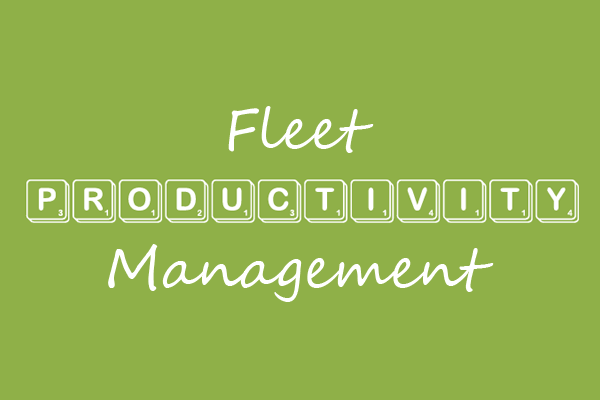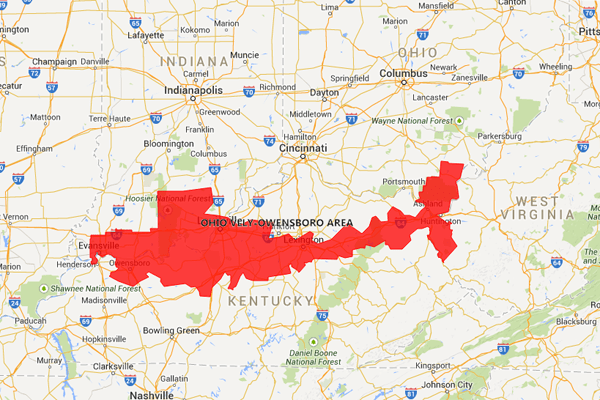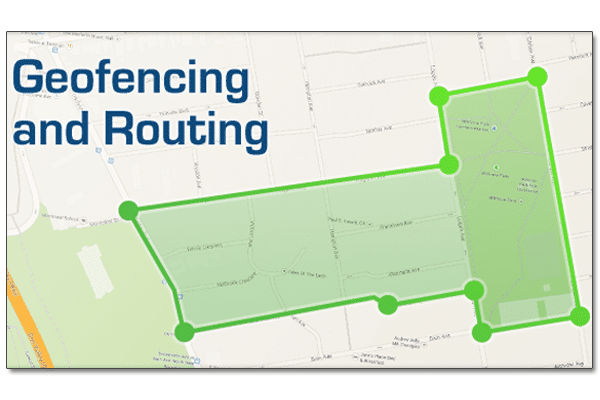November 11, 2016
Victoria Gole
Every fleet manager should remember the old saying, "if you are standing still you are falling behind." That is the truth when it comes to making investments in Fleet Management Services. Fleet managers get hung up on "return on investment" and fail to consider the "cost of ignoring." In other words, it is a mistake to worry so much about...
June 30, 2016
Victoria Gole
Telematics is here to stay, and in order to remain competitive within your market you may have started using some version of the technology. If not, you're missing out. There is so much more to telematics than simply GPS tracking; telematics can help decrease fuel costs, increase fleet productivity and safety, and so much more. Fleets reported an average of...
March 28, 2016
Victoria Gole
Recruiting drivers is difficult enough and retaining those drivers can often be even more challenging. Therefore, keeping your drivers happy is very important. To avoid continuous turnover, it's critical a positive culture and working environment is created for drivers. High turnover of drivers can indicate not just an unhappy work environment, but also an unsafe environment. It can also be...
December 11, 2015
Victoria Gole
Global passenger traffic and air cargo volume are on the increase, according to the latest edition of the World Airport Traffic Report from the Airports Council International (ACI).1 Although figures for 2015 have not been finalized, the ACI predicts that air traffic will continue to rise. The rising volume of airport traffic signals a potential opportunity for growth in telematics....
March 5, 2015
Courtney redwell
Increase Fleet Productivity Level GoFleet offers many features for fleet productivity management, to help increase the productivity level of your drivers and ultimately make your business more profitable. Let's take a look at some of these features: Real-Time GPS Vehicle Tracking What could be more amazing than watching your vehicles move on a map in real-time? Being able to see...
February 10, 2015
Vishal Singh
Increase Employee Productivity Using Geofencing Technology A geofence, also known as a zone, is a virtual fence around a real-world area of interest. You can use zones to denote where places are such as your office, customers, workplaces, airports, gas stations, entire states and provinces or people’s homes. When combined with exception reporting, zones become a critical component for analyzing...
November 13, 2014
Devin Johnson
Increase Productivity & Efficiency with Fleet Vehicle Tracking You might not know that fleet vehicle tracking not only tracks vehicles’ locations, it also increases productivity and efficiency. GPS fleet management software automatically plans efficient routes which will reduce the amount of time your driver spends on the road. Often times, drivers drive the route they are most familiar with even...
November 6, 2014
Devin Johnson
Improve Your Business With Automobile Tracking Devices GPS uses satellite signals to track your vehicles’ location. It is such a precise system, it is able to pinpoint your vehicles’ actual location within only yards. Over the years, GPS automobile tracking devices have played a huge part in fleet management. Improved Dispatching The automobile tracking devices is used with a web-based...
October 1, 2014
Devin Johnson
Increasing Driver Productivity Guide A fleet manager’s job requires them to watch the bottom line, ensure vehicles are efficiently operating and manage drivers. As you can see, the drivers play a major role in this equation. The drivers can either help the manager succeed or drive productivity into the ground. Luckily, there are some great strategies managers can use to...
September 17, 2014
Courtney redwell
Routing & Geofencing in MyGeotab GPS Fleet Management Software A geofence is a virtual perimeter (or fence) around a geographical real-world area of interest. Geofencing allows users to draw virtual perimeters around places of work, gas stations, customers' sites, homes, entire states, airports and more. It can also be a critical component for analyzing fleet behavior when combined with notifications...






